Reading Time: 7 minutesTrout are among the most popular species to pursue with a rod and reel. These fish are susceptible to bait, lures, and flies but lures are popular because they’re effective at catching Trout in just about any environment.
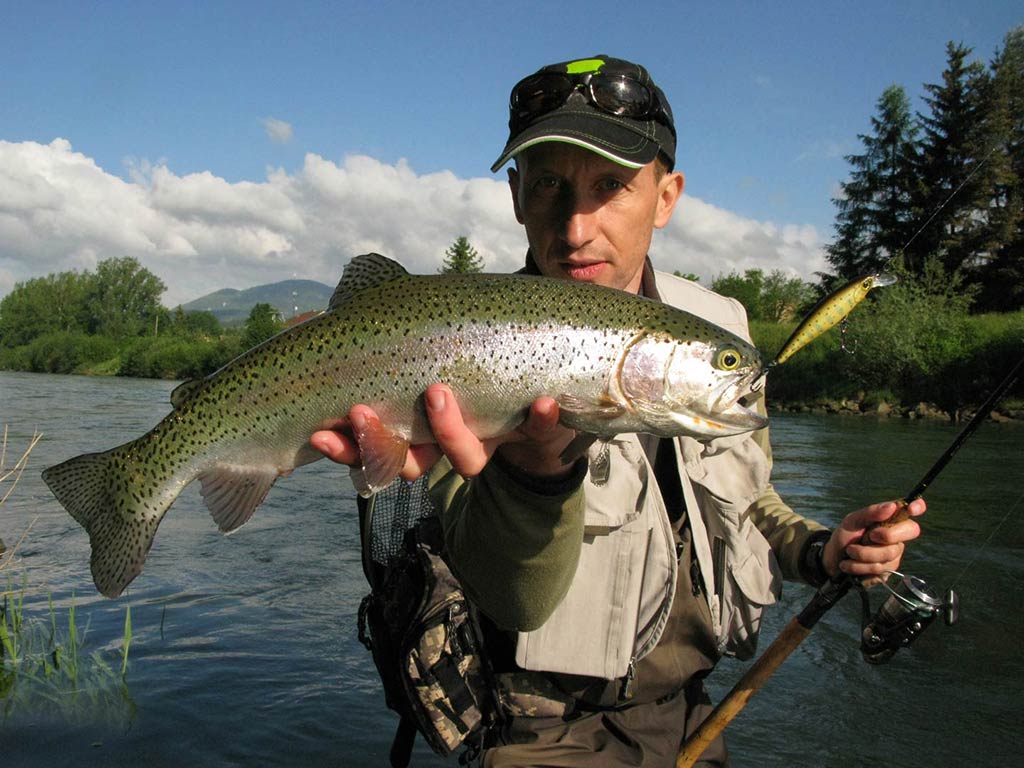
Flies fall into the category of lures in this piece because you can use them with both fly and spin fishing gear. The flexibility in rigging styles for flies, jigs, and hard lures is enormous and anglers can spend an incredible amount of time learning just a portion of the techniques out there.
Even simple approaches are effective, however, so I’ll focus on catching Trout with some of the most proven techniques. And, while selecting the right lure is important, anglers must also understand the environment, available food sources, and where the Trout live within an ecosystem to find consistent success. Let’s see how it’s done…
Understanding Trout Behavior and Reactions
Trout behavior is the major driver for success on the water. When you figure out where the Trout live and what they’re eating, it becomes much easier to select the best lure for that exact situation.
In some situations, Trout will be aggressive while in others they’ll require slower-moving lures and exact presentations. The following are common factors that drive Trout behavior and how they react to different lures:
Food Sources
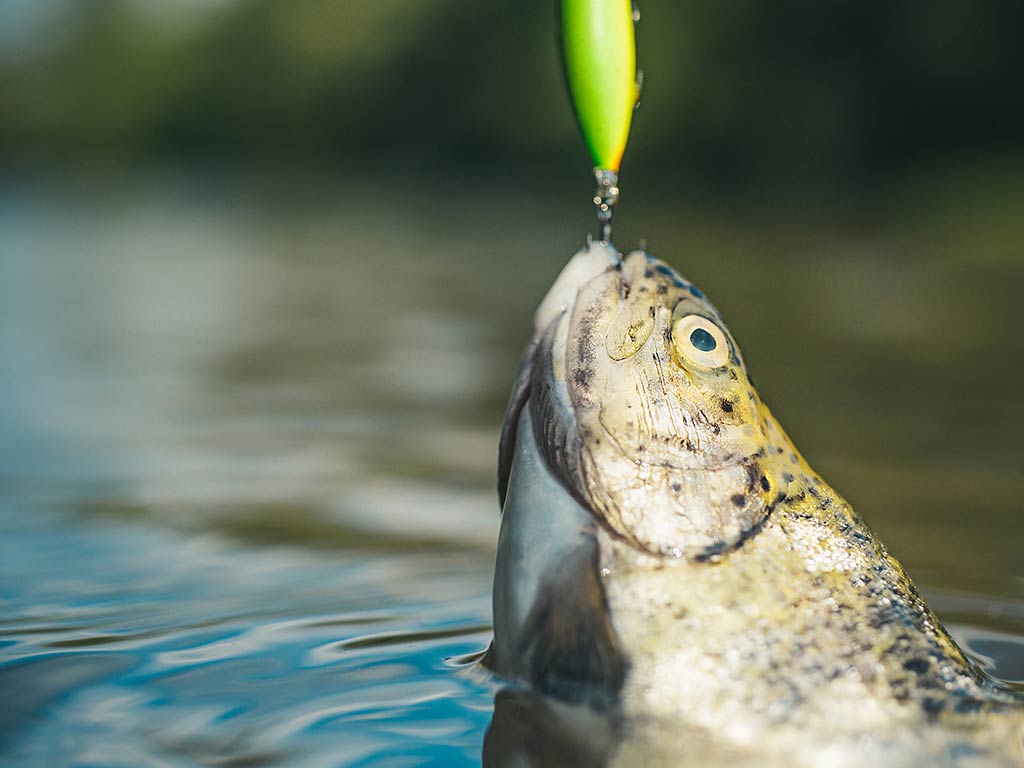
Food is a major factor in determining your Trout fishing success. Trout become very focused on singular food sources when they’re abundant. For example, during a mayfly hatch, Trout will only eat something the exact size and color of those insects.
To the same effect, environments with food scarcity can drive Trout to become less selective. In some places, they’ll even turn to forage for other fish, sculpins, crayfish, mice, and even small birds.
The best thing anglers can do when Trout fishing is to quickly analyse the food sources available. In small creeks, insects, crayfish, and small minnows are typically present. In rivers, insects are also important but Trout often turn to crayfish. In lakes, it’s an “all-of-the-above” situation!
Water Temperature and Oxygen
This is the one factor that has a universal impact on Trout behavior. If the water is too cold, the fish slow down. Too warm? They struggle as well. Finding that perfect temperature window will lead to more opportunities as the Trout are very active.
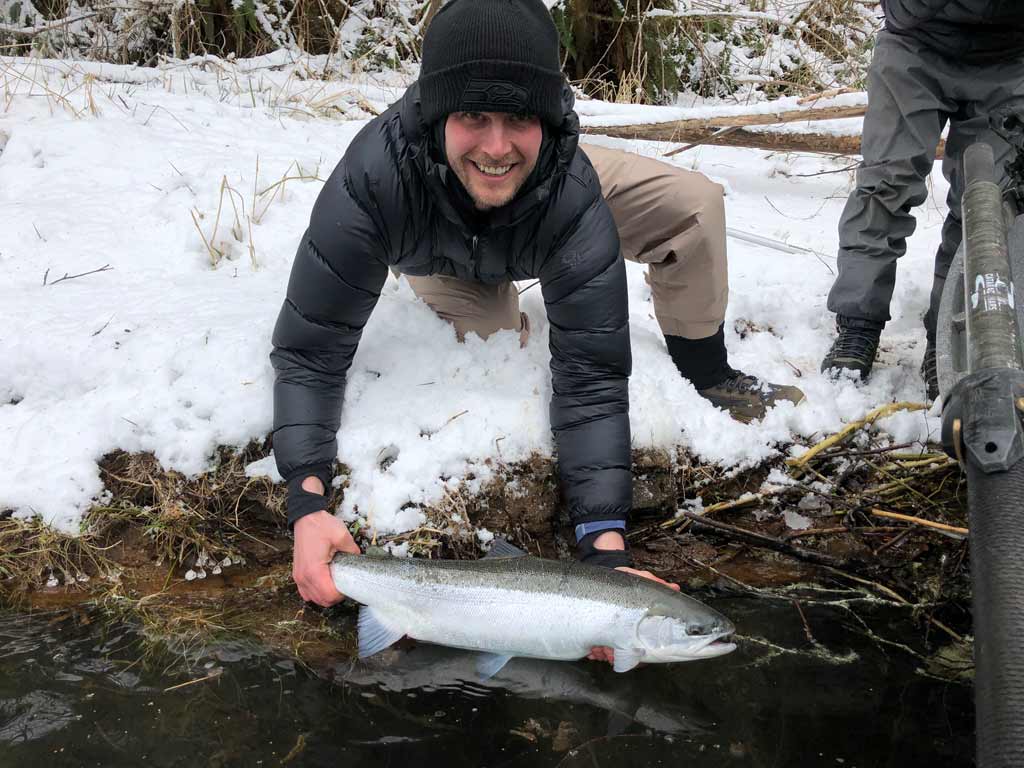
Photo courtesy of CNH Guide ServiceGenerally, water temperatures in the 55-65 degree range are ideal as this is when Trout are most active. When temperatures drop below 50 degrees, the fishing remains productive but expect slower movements with the Trout in slower water. When the temperatures exceed 65 degrees, look to faster water with higher concentrations of dissolved oxygen.
Oxygen itself, meanwhile, is critical for Trout survival in freshwater. You won’t find Trout living in warm waters that are stagnant or lacking high levels of oxygen. This is one reason why rivers with riffles and elevation changes are productive. As water temperatures rise, so does the need for oxygen. Look to riffles and faster water in this scenario for active Trout. As temperatures drop, saving energy becomes a priority, and Trout move to easy holding water.
Armed with a basic knowledge of Trout behavior, you can now find the most productive areas to target in a river or lake. You can also determine how active the Trout will be in a given climate. Use this to guide how you select your lure and present it.
Best Lures for Trout
So now let’s get into the good stuff - what you’re here for. I’ll run you through what I think are the best lures for Trout, explaining why I like to use each.
Flies
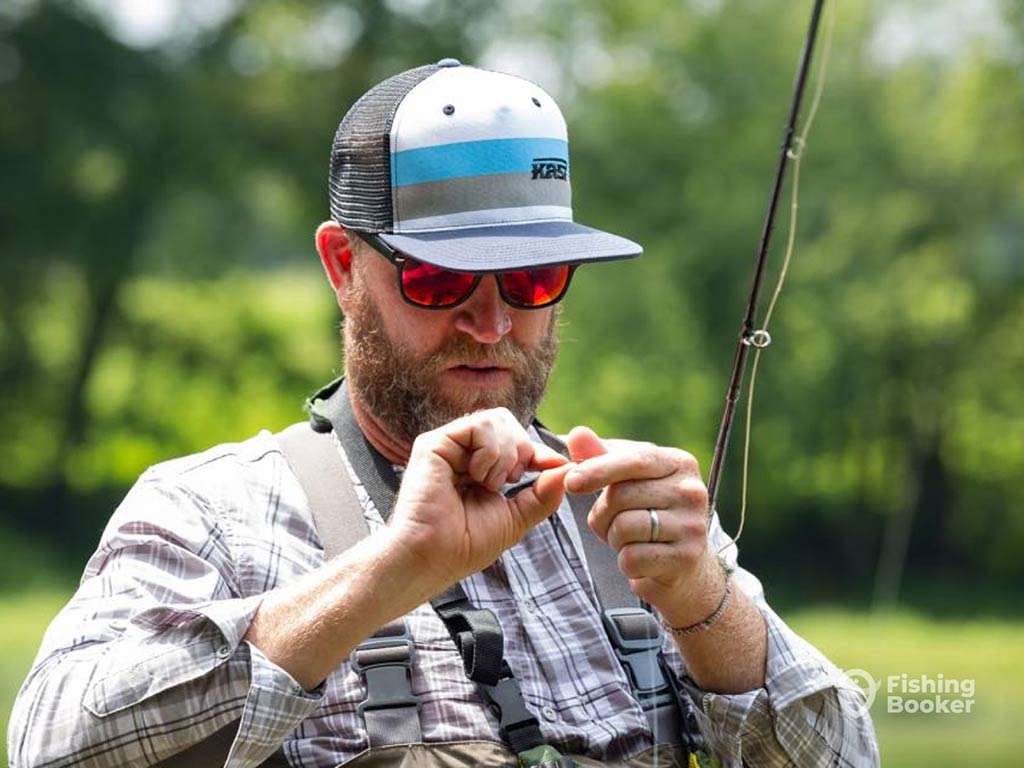
Photo courtesy of Eye On The Fly ExpeditionsDry flies, nymphs, and streamers are all deadly for catching Trout. While using a fly rod is a ton of fun, you can also use flies with conventional tackle. Adding a plastic bubble half full of water to your line adds the weight needed to cast a fly. You can then retrieve or simply allow the fly to hang beneath the bubble.
The real advantage of fly fishing is the ability to imitate those specific food sources. You can impersonate mayflies, caddis, stoneflies, and even midges and gnats. Flies for crayfish, minnows, and mice are also possible. The number of fly patterns is a bit overwhelming but you can do well on Trout with a woolly bugger, prince nymph, pheasant tail nymph, elk hair caddis, or parachute adams.
Jigs
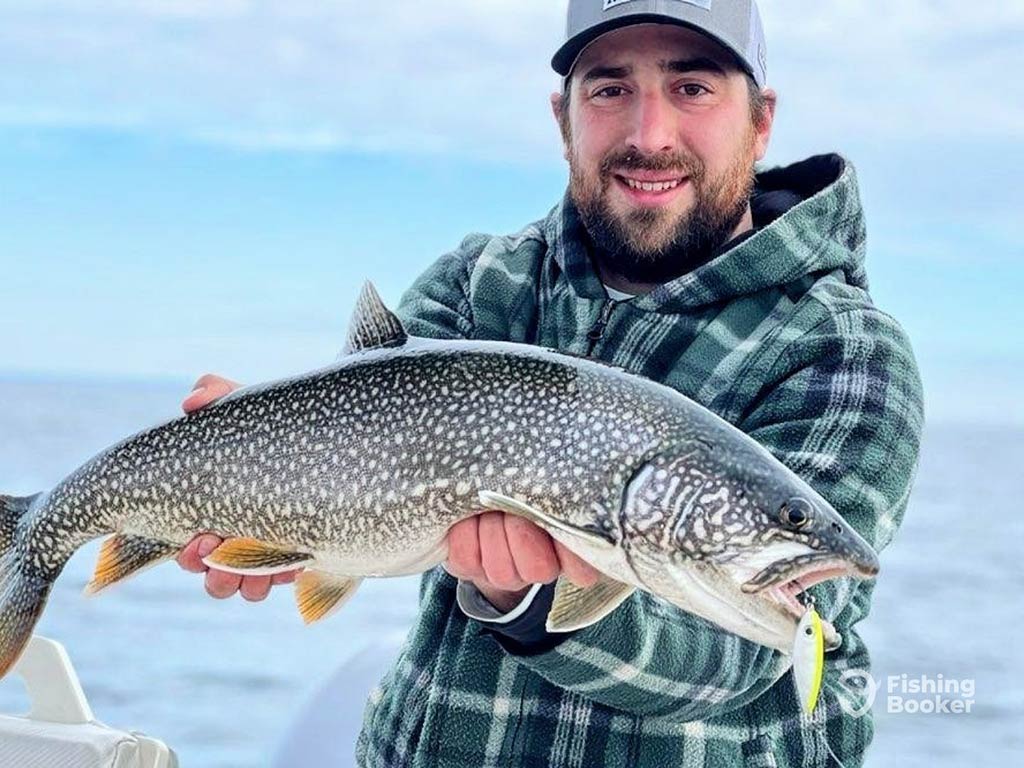
Photo courtesy of Pure Angling - Lake Trout, SalmonIf there’s one lure that can catch any species, it’s a jig. The military even includes a jig in survival kits because it’s the most reliable and simple lure in existence! Jigs for Trout use a heavy head that’s molded to the hook. The hookshank and bend protrude, and anglers can add feathers, fur, soft plastics, or live bait to the remaining hookshank.
The ability to add anything to the hookshank makes for extraordinary versatility. However, the big advantage of a jig is the heavy head. It sinks quickly and allows for both cast-and-retrieve or vertical fishing techniques.
Spinners

A classic lure that’s loved and proven. The spinning metal blade creates an attractive motion that triggers Trout to strike. It plays on their predatory instincts as well as their territorial nature. Small spinners are especially easy to cast and they work everywhere you find Trout.
There are numerous spinner brands out there but the classic Trout lure is a Mepps #2. You can find them with hair tails that look great in the water. For anglers wanting a lure that’s fun to fish, consider a spinner.
Spoons
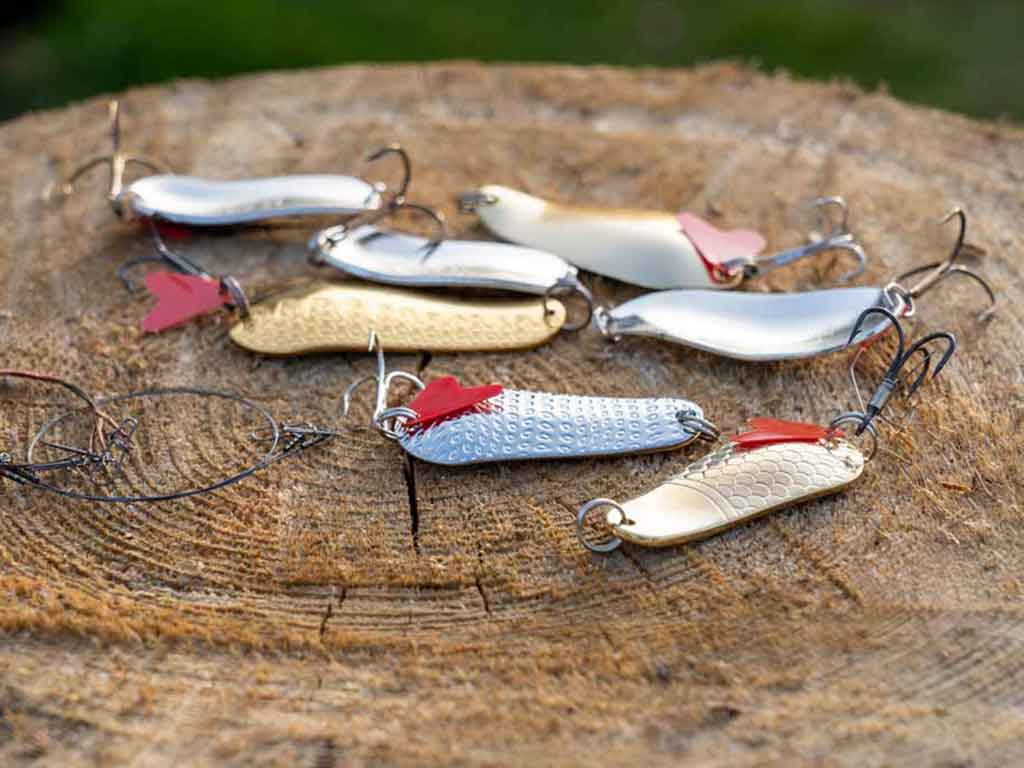
Like spinners, spoons are proven on numerous species. Trout will attack a spoon in any environment and this lure is great for trolling or cast-and-retrieve presentations. Look for spoons in the classic silver and gold colors or experiment with other colors like chartreuse and pink. For trolling specifically, it’s hard to go wrong with a spoon.
Soft Plastics
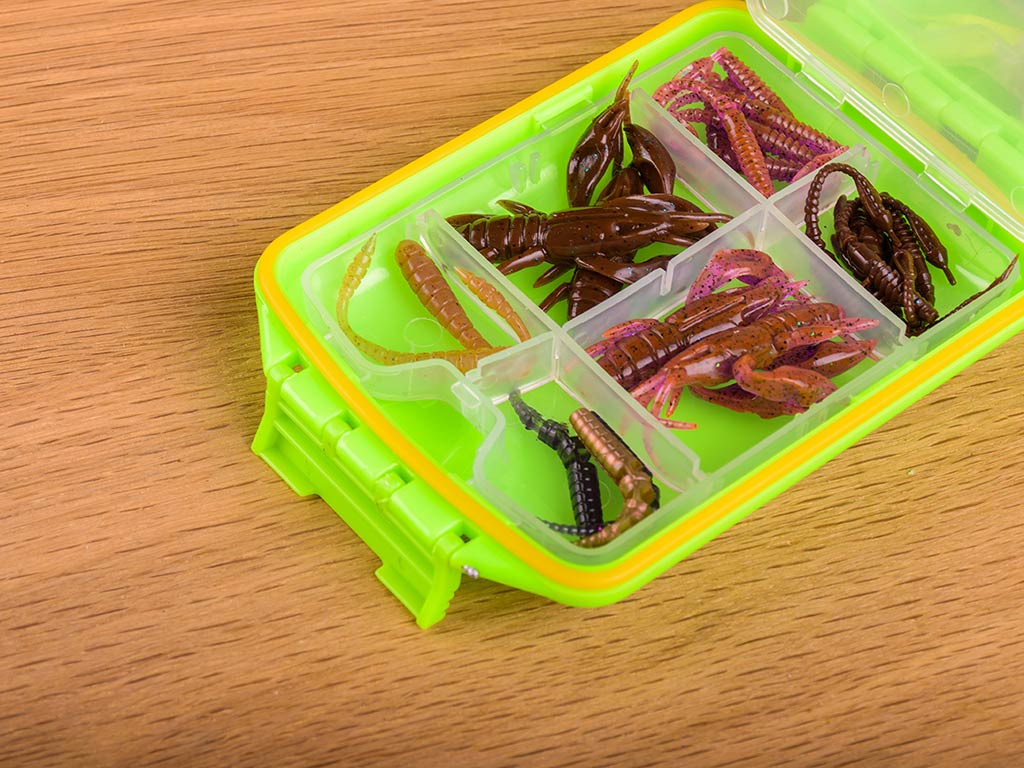
The soft plastic market has molded forms that attach to jig heads, bare hooks, and custom rigging styles. They’re especially popular for Bass and other warm water species. Don’t overlook soft plastics for Trout though. The worm and crayfish models are excellent and some even come injected with scent for added appeal.
Rapalas
While this is a brand, Rapala is synonymous with a crankbait-style lure that is deadly on big Trout. When you want to target the most aggressive, predatory Trout in a river or lake, look to a Rapala as an option. These lures have a ton of movement in the water and they’re known for catching the biggest Brown Trout in a given ecosystem.
Effective Retrieves and Presentations for Trout
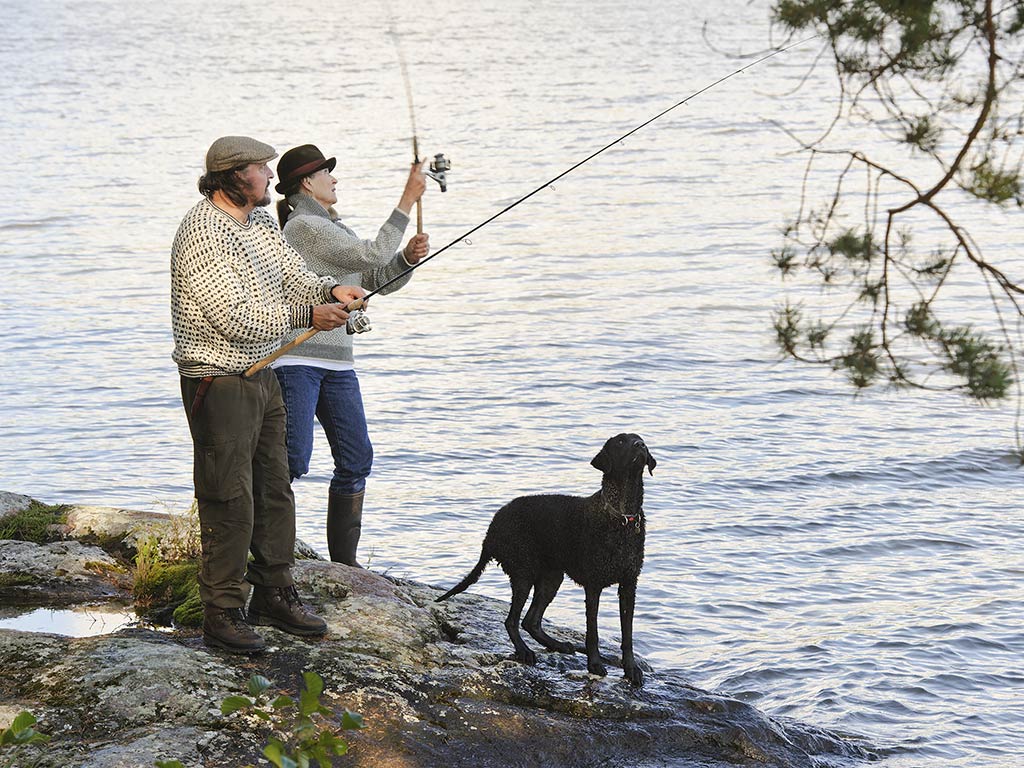
Take it slow, retrieve it fast, let it sit, or troll it behind a boat… There are plenty of different ways to present your lures. Let’s take a closer look.
- Cast and retrieve is common for spoons, spinners, Rapalas, and even jigs. You cast to a specific place or use the presentation as a general prospecting technique. This also provides one of the best feelings when a fish strikes because you’re tight to the lure.
- Sit-and-wait presentations generally dangle a fly, jig, or soft plastic beneath a lure. While these presentations are less active, they work extremely well. The best time to sit and wait is when the water is cold and Trout are slow.
- Jigging motions allow for a vertical presentation that works best with jig head lures or flies. Drop the lure straight down to a depth where you expect to find Trout. Raise and lower the rod to bounce the lure and attract fish. By keeping the lure in the hot zone, you’re sure to have a big day!
- Sizing your lures is where things get a little tricky because you need to have some background information on size potential. For example, Trout fishing in a place where Trout only grow to 20 inches will call for smaller lures. Fishing in a place where Trout exceed 10 pounds can call for a larger hook size.
The environment also factors into the equation. In a large lake or reservoir where you troll with downriggers, the hooks and lures are often larger - as are the fish. In a small creek, sizing down with jigs and spinners is important.
Top Spots for Trout Lure Fishing
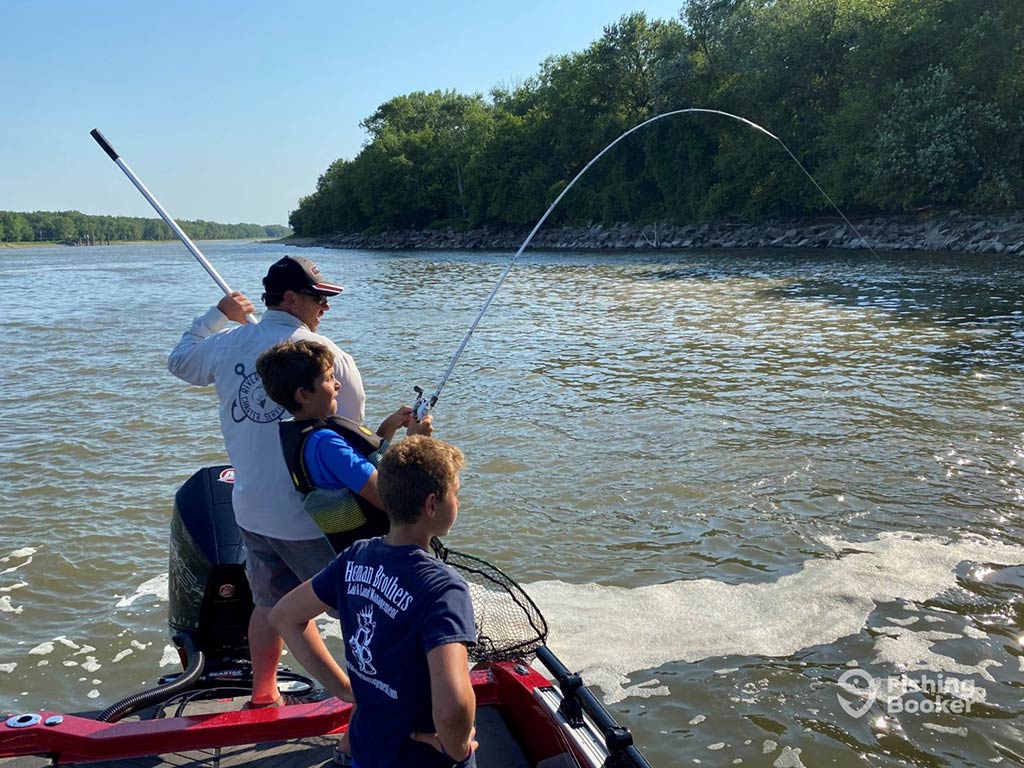
Photo courtesy of River Valley Charter ServiceBefore I wrap up this guide to Trout fishing lures, I just want to reiterate some of the best spots to utilize the lures we mentioned above.
Lakes and reservoirs can produce some of the largest Trout on the planet. Bigger spoons and spinners are excellent for trolling or cast-and-retrieve techniques in stillwater. Look to deep channels, structure, and dams for productive fishing.
Ponds are often more tranquil than big lakes. Consider sizing down and fishing under bobbers. The Trout are usually easier to locate but can be very picky if there’s heavy angling pressure.
Rivers require some practice to read the water effectively. Trout love eddies where foam gathers and insects are trapped for easy feeding. They also feed in shallow riffles in warmer weather. Look to the deep pools and slow water when the temperatures dip.
Creeks are small and easier to read but Trout can spook quickly here. Be stealthy and use small spinners or other lures near pools, rocks, and undercut banks. Creek fishing with lures is a ton of fun.
Trout Fishing Lures: What’s Your Favorite?
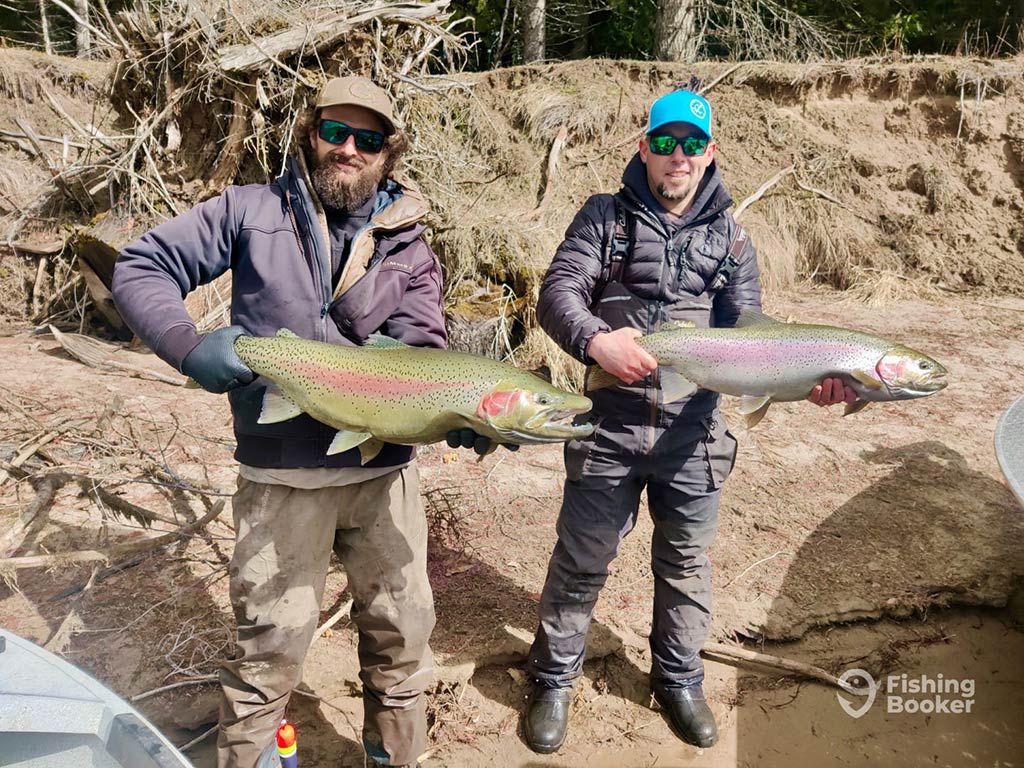
Photo courtesy of CastCadia Guide ServiceThe lures we covered are the most popular options but there are plenty of others that anglers use successfully. Start with the ones we suggested above, learn to read the water, and get out there and have some fun!
What are your favorite lures and techniques for targeting Trout in different environments? We’d love to hear from you in the comments below!
The post Best Trout Lures: A Beginner’s Guide for 2024 appeared first on FishingBooker Blog.
https://fishingbooker.com/blog/trout-lures/
 CampingSurvivalistHuntingFishingExploringHikingPrivacy PolicyTerms And Conditions
CampingSurvivalistHuntingFishingExploringHikingPrivacy PolicyTerms And Conditions
